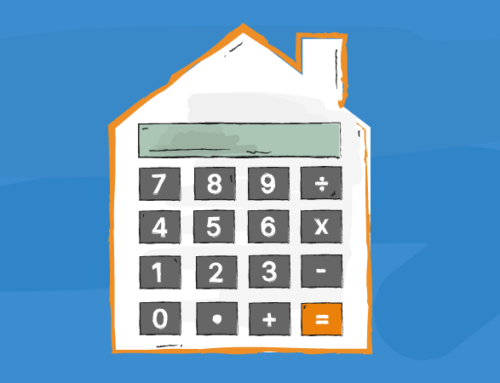
It’s an unfortunate fact that with the dependency on the private rental sector increasing, there has also been a rise in the number of evictions throughout the UK. Usually, this increase would be expected, as with the ratio of people renting rising so would the number of evictions, however. the number of evictions is currently higher than expected.
One of the main reasons behind landlords evicting more tenants is that there has been a sharp increase in households falling into rent arrears, due to the introduction of welfare reforms and the weak economy. Unfortunately, if a tenant continually fails to pay their rent, a landlord is left with little other option than to start the eviction process. However, if this is approached the wrong way, it could backfire.
In this resource piece, Just Landlords guides landlords on how to handle the eviction process, making it as pain-free as possible, while protecting your business.
Ensure All Paperwork is in Order
If you come to a point where you decide to start the eviction process, the first thing you need to do is make sure all your paperwork is in order. As someone will be losing their home, you need to ensure you handle the eviction process with the utmost care and attention, otherwise you could find yourself having to go through the courts. To start the eviction process you will need:
- A copy of your tenancy agreement.
- Information concerning the deposit protection scheme your tenant’s deposit is registered with.
- Inventories and notes from inspections.
- Any formal communication between you and your tenant.
- Details of your landlord insurance provider and/or your legal representative.
Know Your Tenancy Agreement Types
Depending on the type of tenancy agreement you have with your tenant, you will need to give them a certain period of notice to leave your property (officially known as a notice to quit). For Assured Shorthold Tenancies (ASTs), the notice to quit has to be at least two months, and the date you wish your tenant to leave is normally at least six months from the date they moved in.
Fixed Term Tenancies are usually a bit trickier, as you’ve already agreed with your tenant that they are to stay in your property until a certain date. You can still evict a tenant that has a Fixed Term Tenancy, however, you just need to have a legitimate reason, such as they are failing to pay their rent or are involved in illegal activities. There are other types of tenancies, such as Assured Tenancies, which have even stricter rules when it comes to evictions, however, these types of tenancies are generally quite rare. If you do have a tenancy of this type, it would be advisable to check what legalities you need to adhere to before you start the eviction process.
Applying For a Possession Order
As previously discussed, unless your paperwork is in order, your tenant could claim that you are unfairly or illegally evicting them from their home, which will lead to the courts getting involved. If your tenant refuses to leave your property then you will need to apply for a possession order via the courts, and in order for them to accept your application, you will need to provide them with all the information stated in the first section.
Your tenant will have 14 days to challenge the possession order once they receive it, however, once this period has ended, the judge will order for your tenant to leave the property within a certain period of time (generally around 28 days).
Evictions
If your tenant still refuses to leave the property, even after you have given them adequate notice and they have been issued a possession order, you will need to go back to the courts and apply for a warrant of possession. This warrant will state that if the tenant has not left your property by a certain date they will be evicted by bailiffs, and the cost of doing so will be added to any monies they already owe.
As you can see, arranging for a tenant to vacate your property takes organisation and sometimes a substantial amount of time. This is why it’s essential you not only keep your paperwork in order at all times, but also create a contingency fund to protect you if you are not receiving rent.
- Private renting for tenants: evictions. (2013). Retrieved from the GOV.UK website: https://www.gov.uk/private-renting-evictions
- Tenant Eviction. (2010). Retrieved from Landlord Assist website: https://www.landlordassist.co.uk/tenanteviction.aspx
- Eviction. (N.D.) Retrieved from Shelter website: https://england.shelter.org.uk/housing_advice/eviction
Disclaimer: This article is for information only and is not official guidance, FCA approved, or legally precise. Just Landlords has used all reasonable care in compiling the information but make no warranty as to its accuracy. If you require information on landlord legislation or best practices please contact your legal representative. For details see our conditions.





